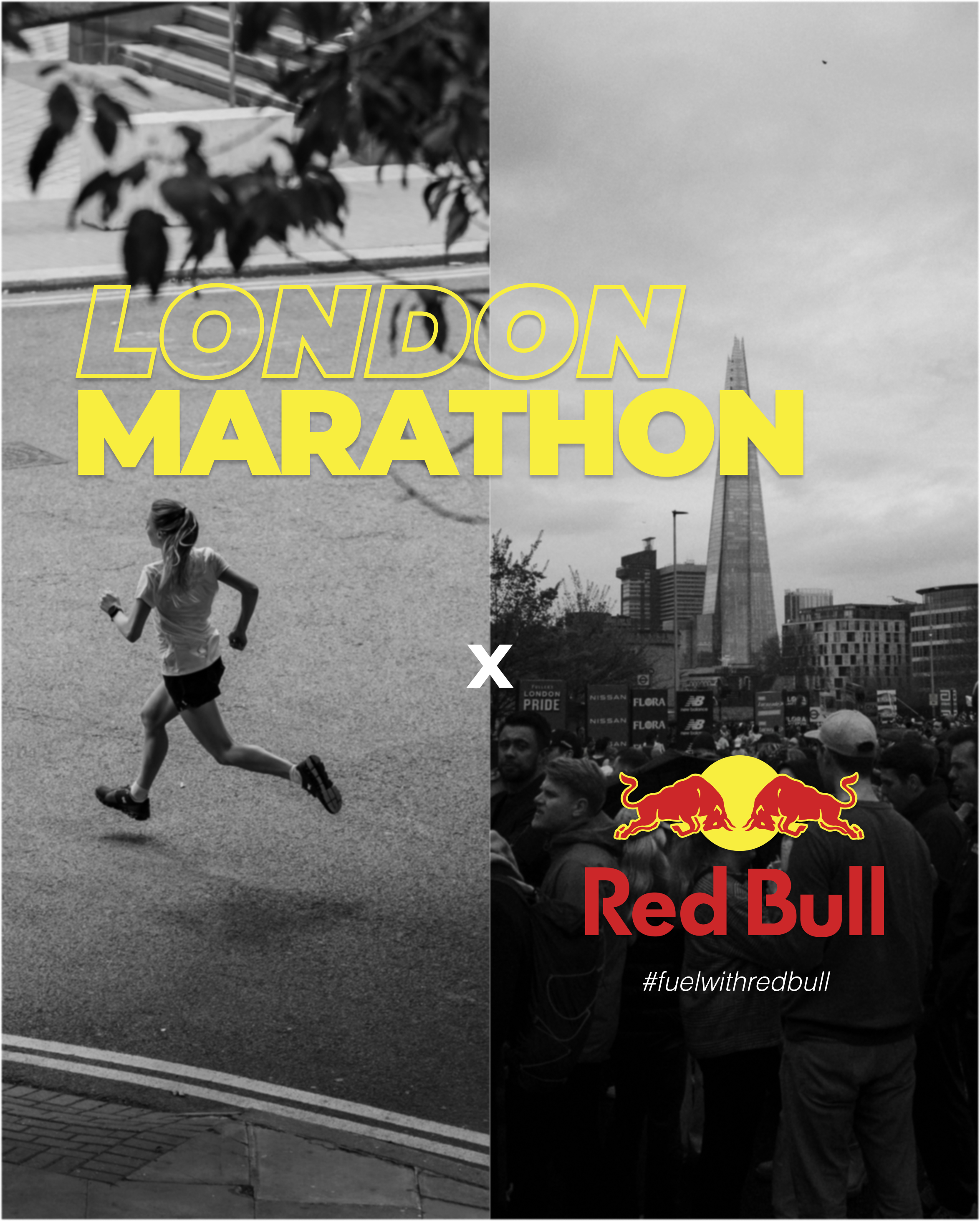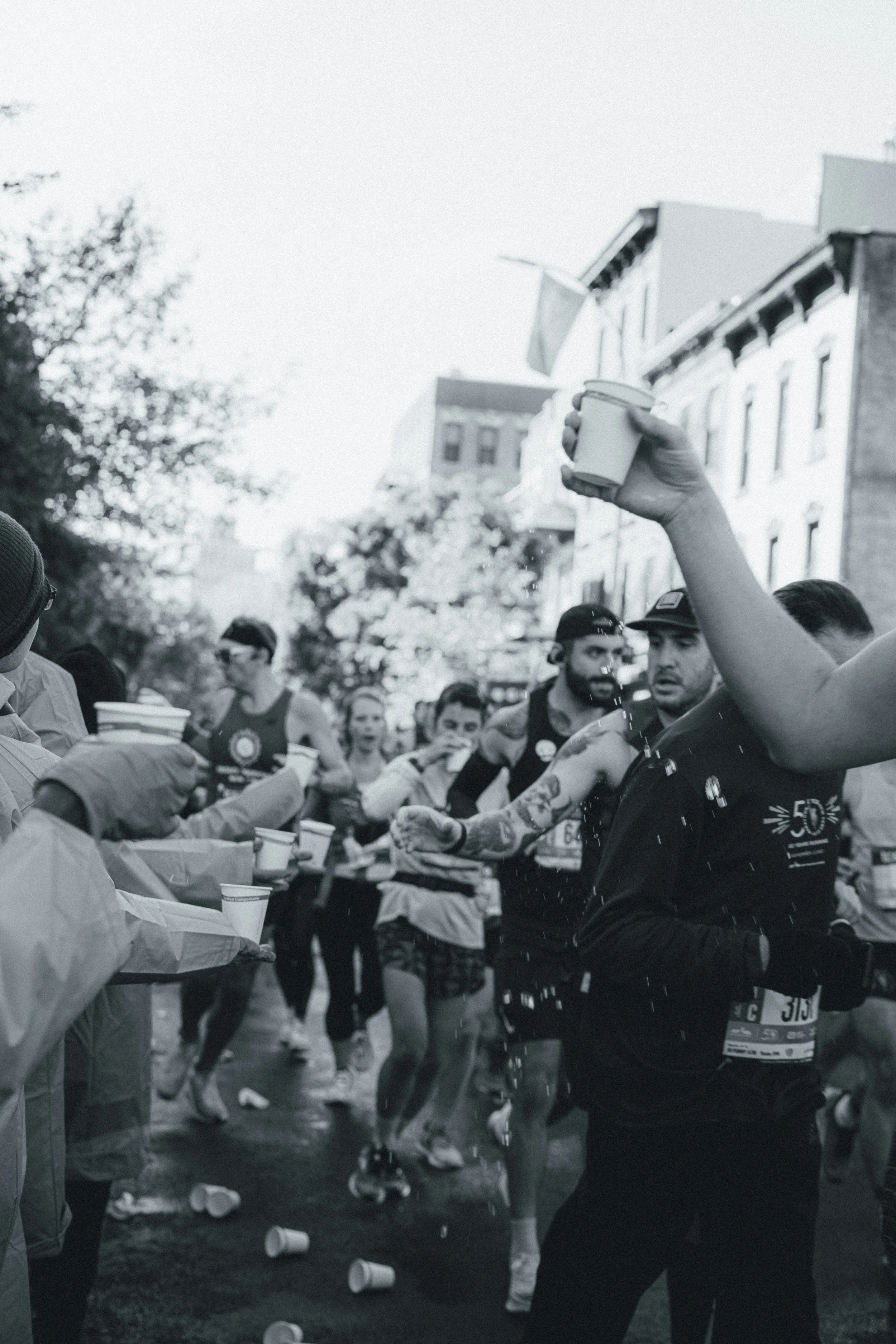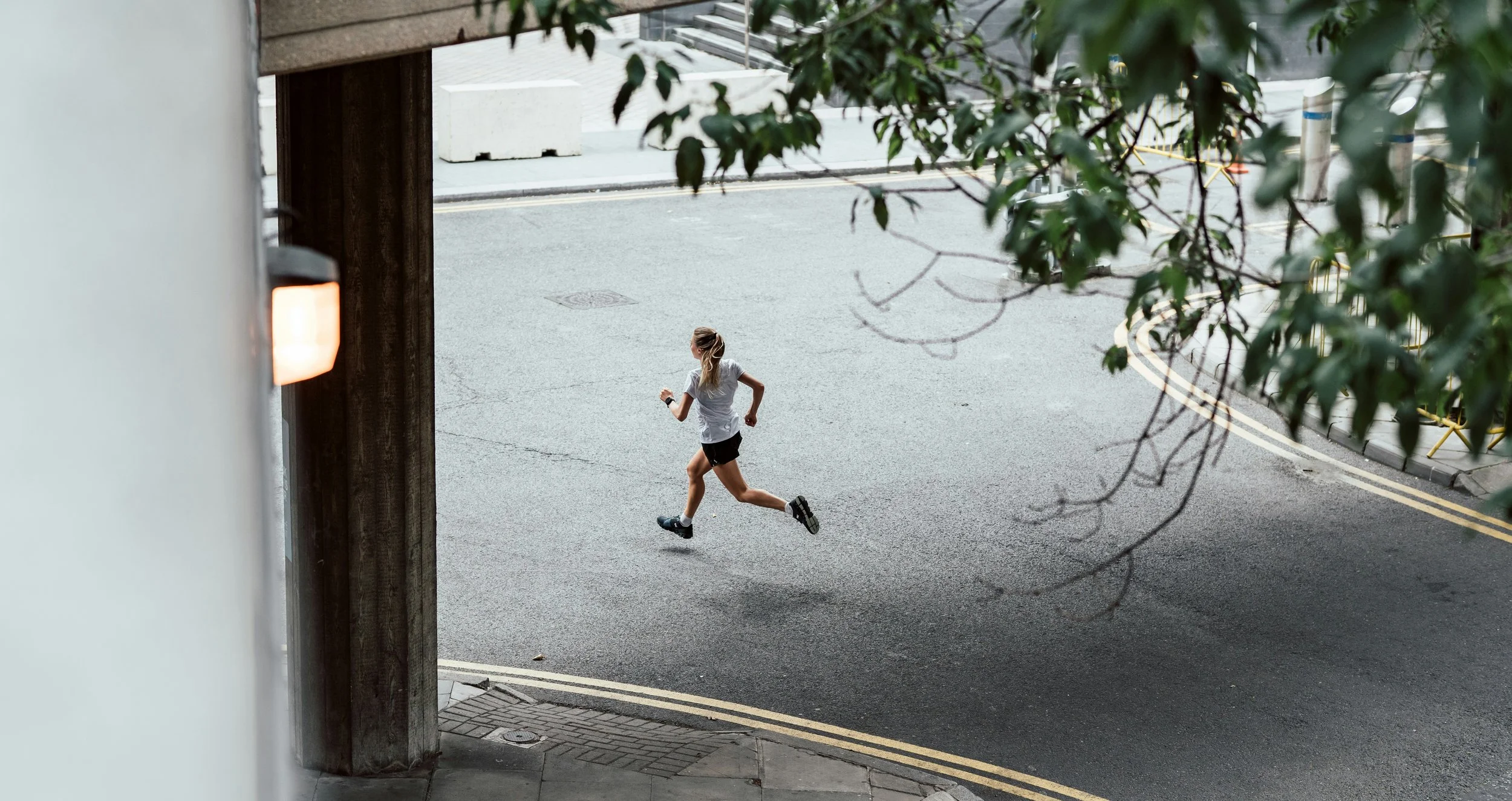RED BULL
RED BULL
Digital Marketing Campaign and Digital Visual Ad
Red Bull is one of the world’s leading energy drinks, but they’ve managed to position themselves as more than just a beverage - they’re a full-on lifestyle brand. They’ve built a powerful global image that’s closely tied to extreme sports, high-energy events, and festivals. Their main audience is young adults aged 16 to 34 who are always on the go and looking for that extra boost to fuel their active lifestyles.
Scroll through Red Bull’s social media and you’ll see athletes constantly pushing their limits, all powered by the iconic slogan: “Red Bull gives you wings.” They’re known for sponsoring top athletes like Armand Duplantis, along with stars in sports like cliff diving, skiing, surfing, and triathlons, just to name a few.
Objective
Increase Brand Awareness and expand Red Bulls reach into the running community by leveraging its sponsorship to the London Marathon in late April. To make it more tangible, SMART objectives have been used to further clarify the goal of the campaign.
The campaign and the content will mainly have running content, motivational stories, competitions and feel good boosting videos, Q&As and Behind the scenes.
SMART goals
S
M
A
R
T
Increase Brand recognition among Marathon runners by sponsorship as well as targeting a broader demographic within the running community.
Increase brand recognition with 10% among marathon runners. Increase social media engagement, mentions, likes, shares, with 20% related to running and preferably to the marathon. Increased selling of the products e.g the drinks. Surveys during the marathon and after through email to measure brand recognition.
Take advantage of Red Bulls Social media presence and size as a brand, their partnerships and social media following - UGC.
Positioning Red Bull as an active supporter of the running community, in a similar way there is for extreme sports and motorsport, attracting a broader range of active and aspiring athletes. This will show Red Bull’s brand vision of being supportive of all athletes and sports.
In 5 months in total, the campaign starts 15 January, 2 months after the race. Mid of June.
Competitors
Red Bull holds a strong position in the energy drink market, but there are a few key competitors to consider. Celsius, Monster, and Lucozade are among the main ones. Celsius is more geared towards fitness and wellness, Monster is a direct competitor in the same space as Red Bull and Lucozade offers both energy and electrolyte drinks but lacks the global brand recognition that gives Red Bull an advantage.
While Red Bull is often associated with major events and high-performance moments, this campaign will shift the focus slightly towards the everyday consumer. Running a marathon may not be something everyone does regularly, but it’s still a more tangible and relatable challenge. The goal is to strengthen Red Bull’s presence in the running community and position it as the number one brand - not just for extreme sports, but for endurance and personal achievement as well.
Target audience/ Persona
The target audience for this marketing campaign is primarily long-distance runners, with a focus on amateurs and everyday runners. These are individuals looking to improve their endurance and focus on personal development, whether they’re just starting out or aiming to push their limits.
Content
The focused Digital Media Channels used in this campaign will be:
Instagram
Tiktok
Email
Influencer marketing and user-generated content (UGC) serve as powerful tools to engage the intended audience and increase visibility. This campaign includes a strategic mix of micro- and macro-influencers, athletes, and UGC creators, supported by email marketing and Red Bull’s owned social media channels.
Each influencer type targets different segments within the audience. Micro-influencers, while having smaller followings, are known for producing authentic, high-quality content and generating strong engagement within niche communities. This makes them particularly effective in reaching the target persona, “Mollie,” who connects with relatable and community-focused content.
In contrast, macro-influencers bring broader reach and established credibility, making them ideal for amplifying brand awareness and extending the campaign’s visibility.








